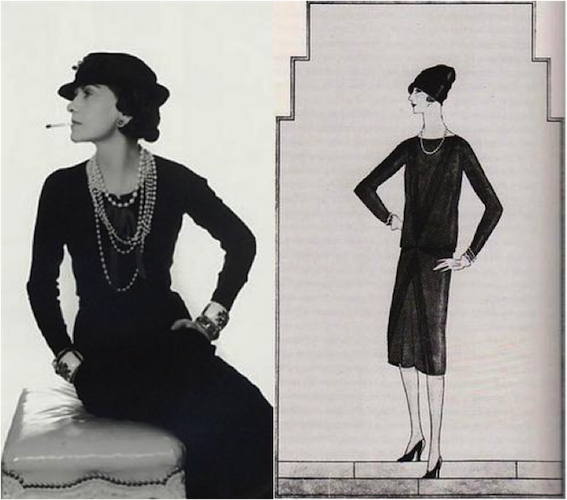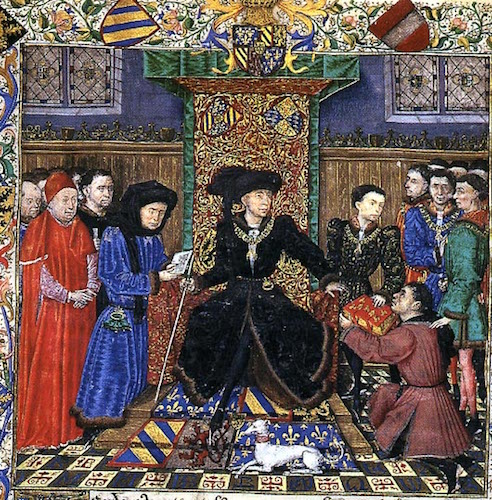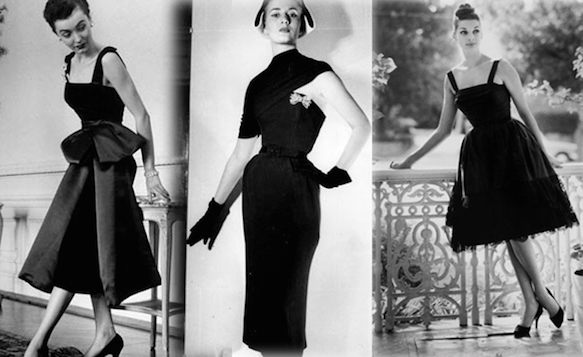“I have no dress except the one I wear every day. If you are going to be kind enough to give me one, please let it be practical and dark so that I can put it on afterwards to go to the laboratory.” – Madame Curie
Audrey Hepburn. Lady Diana Spencer. Kate Moss. These style icons are known for their impeccable taste in dresses, little black ones in particular. Each has garnered a fashion moment wearing an LBD (for Hepburn, it was Hubert de Givenchy in 1961, for Lady Diana, Christina Stambolia in 1994, also known as “The Revenge Dress,” and when is Moss not wearing a show-stopping LBD?) So, where’s its power come from?
The LBD possesses what so many want to achieve with their style: effortless elegance. If effortless elegance seems like a paradox, it’s because it is, and, like many evergreen fashion trends, it relies on tension. The LBD does not give the woman who wears it anything to hide behind—the dress insists that its wearer shine. “Scheherazade is easy. A Little Black Dress is difficult,” said Coco Chanel. Chanel, of course, is thought to have originated the LBD. Though the “little black swan,” popularized the look in the mid-1920s, specifically with her Model T dress published in Vogue in 1926, the history of the LBD is actually centuries old.

The shade alone—black—holds such significance. It’s the fashion uniform for a reason: you can’t go wrong in black. Not only that, black imbues contradictory sensory associations. It is severe and seductive, demure and raven, posh and discreet, austere and chic. Fashion historian, Anne Hollander argues in her book Seeing Through Clothes that “the symbolism of black could be used with creative perversity for emotional effect.”
Fifteenth Century Duke of Normandy, Philip the Good was one of the first people of influence to do just that. Could it be that the originator of the LBD was, in fact, a man? As Hollander points out, the fourteenth century is a pivotal moment in fashion history, when clothing evolves from craft to art.

With this shift, black became more than a shade reserved for the garments of the clergy or grief-stricken. Philip was one of the first notable Europeans to exploit the sartorial tension of the LBD, or to be fair, black robes. Known for capturing Joan of Arc, and for being a patron of the arts—most notably, Flemish painter, Jan can Eyck—Philip used black robes to set himself apart from his courtiers who dressed in an array of colors, as was the custom. This fashion moment helped put black on the map as a sophisticated and distinct style choice. Subsequently, as humanist philosophies gained popularity, Renaissance portraiture shows people wearing black to emphasize the individual, his or her body and features, as opposed to rank and connection denoted by ornate clothing.
2px); width:calc(100% 2px);”>
In other words, black helped you stand out. However, this trend would not last. Before long, black became normcore for Europeans until the nineteenth century, when it reverted to the uniform shade for mourning and religious attire only. The Romantics, those angst-ridden beatnik philosophers, made black stylishly avant-garde again. Not until after World War I did black became a staple shade for people across the European and American continents. Not only did black express the collective grief and devastation of the war, it had utilitarian purposes as well. Darker shades were more practical, and, like Madame Curie, women were working outside the home with more frequency, getting dirty in the newly industrial world. Likewise, the size of women’s dresses shrank due to financial restraints: a typical dress of the 1920s required only two yards of fabric as opposed to the ten or more yards necessary to fashion bustles and trains popular in prewar styles.

Which brings us back to Chanel and her Model T, the Ford of frocks. It’s true that the LBD is a statement piece accessible to women of all socioeconomic backgrounds. As we chart the decades, designers have used the LBD to help carve their niche: Dior in the 1950s, Givenchy in the 1960s, Vivienne Westwood in the 1970s, Azzedine Alaïa in the 1980s, Yohji Yamamoto in the 1990s and so on. Today, whether you wear an LBD because you choose fit over fuss, or because black will always be the new black, the LBD remains effortlessly elegant. It’s a classic wardrobe staple that grew out of necessity—it just also happens to look fabulous.